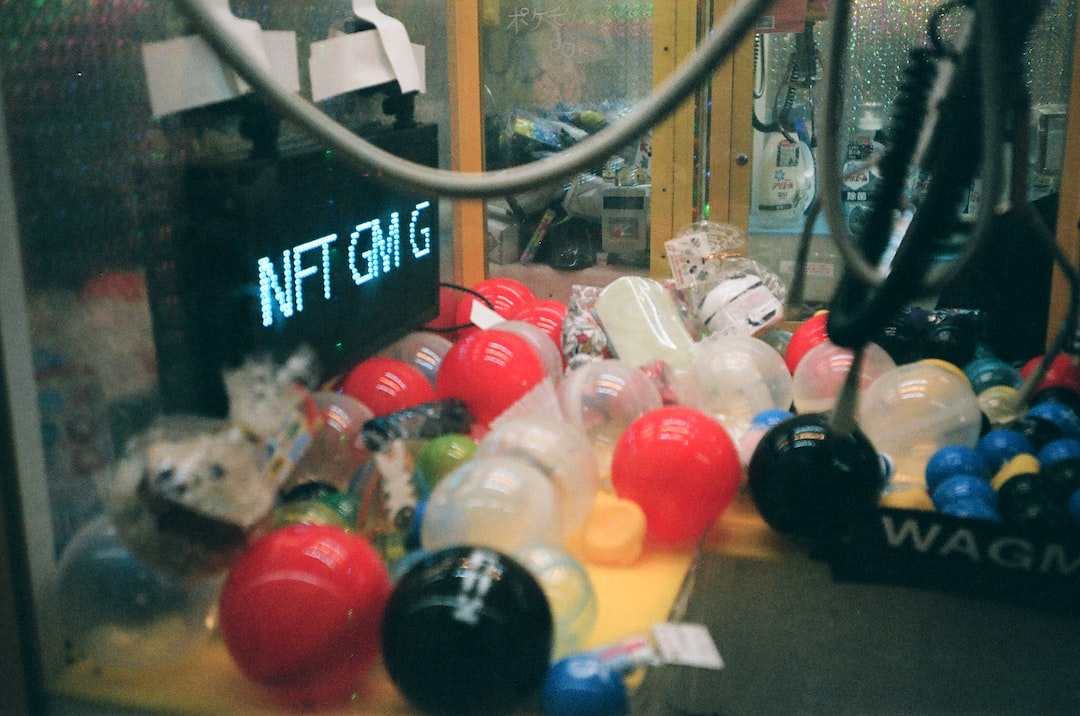The Challenge of Regulating Crypto-Assets: A Comparison of US and EU Approaches
The emergence of crypto-assets and blockchain technology has presented regulators with new challenges as the global crypto-asset market continues to grow. The United States and the European Union have taken different paths in regulating these assets, each with its own strengths and weaknesses.
The US Approach: Balancing Innovation and Investor Protection
In the United States, regulatory efforts aim to strike a balance between promoting innovation and protecting investors. The Securities and Exchange Commission (SEC), as the federal financial markets regulator, has been at the forefront of overseeing the phenomenon. They have focused on providing clarity on the classification of assets as financial instruments through enforcement actions and guidelines, particularly concerning fraudulent initial coin offerings.
Additionally, the Financial Crimes Enforcement Network requires crypto operators to comply with anti-money laundering regulations to curb illicit activities. However, the regulatory landscape remains fragmented, resulting in uncertainties due to inconsistent regulations. This decentralized approach has hindered market development and slowed innovation.
The Regulatory Approach: Building an Organic Framework
In contrast, the European Union has adopted a more harmonious approach to regulating crypto-assets through the MiCAR Regulation. This regulation aims to comprehensively regulate the issuance, trading, and custody of crypto-assets across all EU member states. It seeks to improve investor protection, market integrity, and innovation while maintaining financial stability.
The EU has also included crypto-assets in its anti-money laundering regulations, imposing challenges for market participants. Strict AML requirements and the implementation of the travel rule ensure traceability of financial movements made via crypto-assets. While this harmonized approach creates legal certainty and promotes cross-border activities, it also increases compliance costs and may restrict competition in the market.
Challenges and Prospects
Both the US and the EU face challenges in effectively regulating crypto-assets. The decentralized nature of cryptocurrencies makes it difficult for any single jurisdiction to fully control the market. In the US, the lack of centralized regulation has led to inconsistent approaches and gaps in legal certainty. The EU’s organic regulatory framework shows promise, but achieving full harmonization among member states poses implementation challenges.
Hot Take: Striking a Balance for Effective Crypto-Asset Regulation
Regulating crypto-assets is a complex task that requires balancing innovation and investor protection. While the US approach focuses on promoting innovation within a fragmented regulatory landscape, it faces challenges in providing consistent regulations. On the other hand, the EU’s harmonized approach offers legal certainty but may restrict competition. To achieve effective regulation, regulators must strive for collaboration, clarity, and flexibility to keep up with the rapidly evolving crypto-asset market.





 By
By
 By
By
 By
By
 By
By
 By
By
 By
By